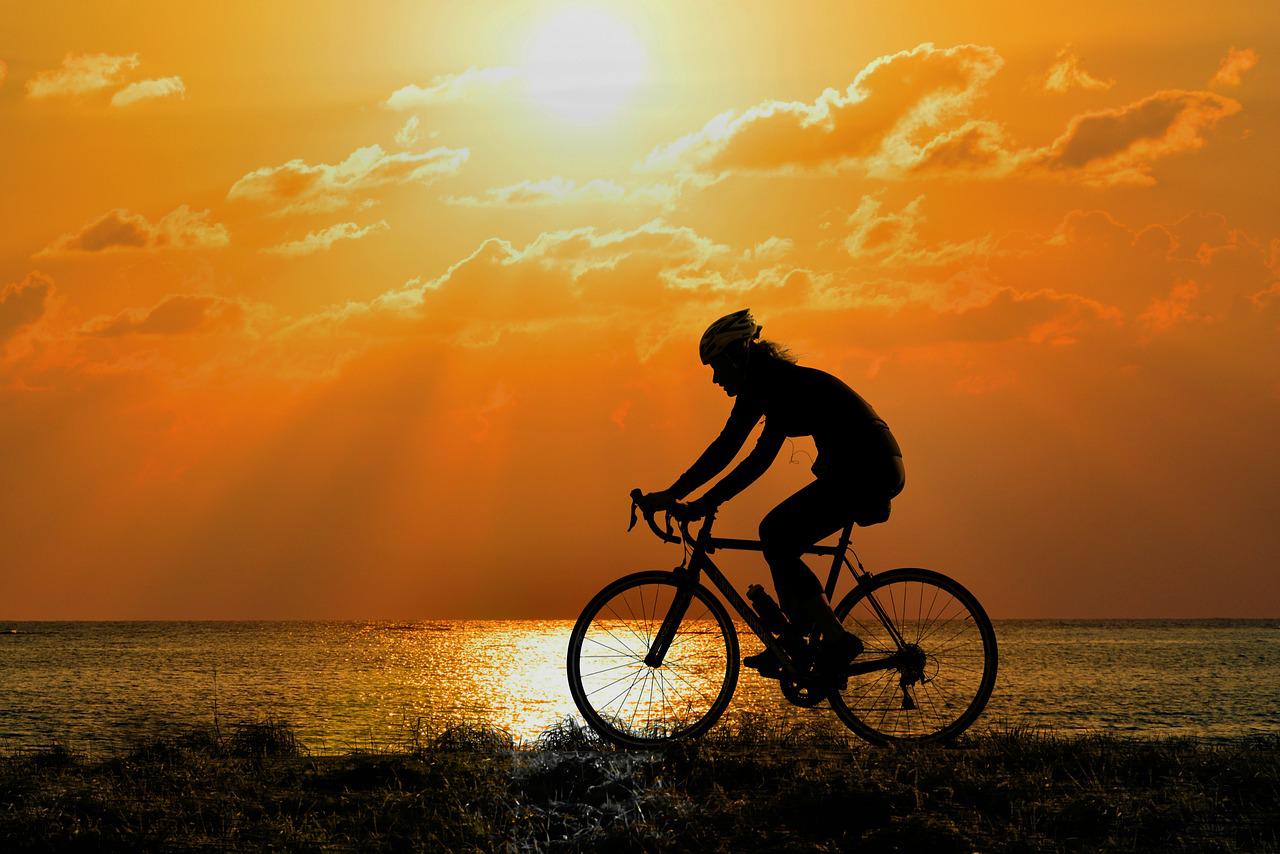The world record for the fastest speed on a bicycle has long captured the imagination of most people that find cycling fun and exciting. Such accomplishment requires a combination of cutting-edge technology, skilled riding technique, and meticulous preparation.
Over the years, riders have used a range of specialized tools to push the boundaries of what is possible on two wheels. The terrain on which these records are set, from velodromes to salt flats, also plays a crucial role in determining the maximum velocity attainable. In this topic, we will explore the history of the global accomplishment for the fastest speed on a bicycle, as well as the different types of two-wheelers used.
What to Know About This Achievement
Presently, the record set on a bicycle is 296.01 kilometres per hour, and it was achieved by an American rider, Denise Mueller-Korenek, on September 16, 2018, on the Bonneville Salt Flats in Utah, USA. She was able to successfully accomplish this challenge by making use of a specially designed, streamlined bike that was towed by a dragster until it attained a maximum speed of about 100 mph. Denise was then able to release the towline and resume pedalling until she was able to achieve this top record.
Different Types of Bicycles Used in Setting World Records
On a bike, aerodynamics is essential for achieving high velocity. Riding causes resistance when the rider pushes against the air in front of them, which slows them down. Getting rid of this drag will enable you to travel at your fastest pace. Professionals in this field frequently ride modified bikes with aerodynamics in mind to reduce drag. These expert’s tools might have sleek designs, including extended frames, slender handlebars, and enclosed wheels. Also, they might have specialty parts like carbon fibre frames, extremely narrow tires, and low-profile seats and handlebars.
When it comes to breaking the set down accomplishment, there are various specialized two-wheelers to use. In order to achieve this, its design, which focuses on minimizing air resistance and optimizing efficiency, is quite essential. Below are some of the various types to consider when setting the record.
- Streamlined: The aerodynamic body of their equipment encloses the rider and reduces air resistance. They are incredibly quick and effective because they frequently have a tiny frontal area, an elongated shape, and a low profile.
- Recumbent: These types provide for a freer riding position by having the rider lean back and extend their legs in front of them. The extended wheelbase and lower centre of gravity of recumbent bicycles can increase stability at high speeds.
- Custom-built: Many people who aim to break the set record create and construct their own specialized, speed- and efficiency-optimized bike. These may include a variety of design elements, including bigger wheels, lighter materials, and extremely thin tires.
- Tandem: These types have been utilized by cyclists in some instances to break certain top performances. The second rider can benefit from lower wind resistance and increase speed by drafting behind the lead cyclist.
Olympic Cycling Records
In contrast to the singular pursuit of maximum speed in record-setting attempts like those on the Bonneville Salt Flats, Olympic cycling encompasses a range of record-breaking feats under highly competitive conditions.
One memorable moment was at the 2016 Rio Olympics, where the British men’s team pursuit squad set a stunning new world record, covering 4,000 meters in 3:50.265, much to the delight of punters who backed them on the best Olympic betting sites.
As each Olympic cycle advances, athletes and teams push the limits of speed and endurance, continually setting new standards in the pursuit of cycling excellence.
The Training and Preparation Required for Attempting
Training and preparation are essential if you want to set the best performance in the sport. Some of the most important things to note are listed below:
- Physical Conditioning: Cycling record attempts require riders to be in excellent physical condition, with an emphasis on enhancing strength, endurance, and power. They may train for months or even years in preparation for the big day ahead, using a mix of cardio, strength training, and interval training.
- Mental Preparation: A strong mental game, while focusing on mental toughness, attention, and visualization, is necessary to achieve success at the end of the day. You can employ meditation and visualization techniques to mentally prepare for the challenge, as well as engage with sports psychologists.
- Location Scouting: Chances of success might be significantly impacted by the atmosphere and terrain in which the record attempt is conducted. Enthusiasts in this sport may invest a lot of time investigating suitable spots and assessing local environmental conditions like wind, temperature, and humidity.
- Safety Considerations: Setting a new achievement on a two-wheeler can be risky; thus, riders must take numerous safety measures to reduce the possibility of harm or accident. Working with support crews and medical personnel as well as donning specific safety gear, such as body armour and helmets, may be part of this.
Conclusion
In summary, this is an intriguing subject that involves a variety of elements, such as design, terrain, and human performance. The current accomplishment on a salt flat is an astounding 183.93 mph. Professionals must carefully examine equipment optimization, area scouting, and safety measures in order to reach such high speeds. To attain the peak in this regard, one must undergo lots of training, as well as extensive testing and experimentation to determine the best parts and methods to use.

